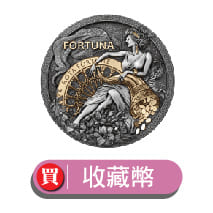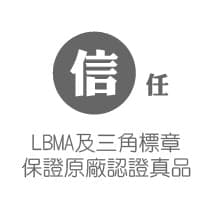2021-08-16 尼克森總統結束金本位制的50年後,一家銀行問“我們能繼續這樣做嗎?”
50 Years After Nixon Ended The Gold Standard One Bank Asks "Can We Continue To Do This?"尼克森總統結束金本位制的50年後,一家銀行問“我們能繼續這樣做嗎?”
TYLER DURDEN
FRIDAY, AUG 13, 2021
Almost a decade ago, around the 40th anniversary of Nixon ending the gold standard, we observed that it wasn't just the dollar's convertability into gold that died - so did the prosperity of the US middle class, because while income growth for the bottom 90% had soared ever since WWII, it suddenly flatlined around Nixon's historic decision in 1971; at the same time the advent of the "fiat standard" ushered in an era of unprecedented wealth for the top 1% whose fortunes have exploded ever since. As discussed below, Nixon's decision would lead to monumental consequences for not just the US but the entire world.
大約十年前,在尼克森結束金本位制40週年前後,我們觀察到,不僅美元無法兌換成黃金——美國中產階級的繁榮也是如此,因為雖然底層90歲人口的收入增長了% 自二戰以來一直飆升,但在1971年尼克森的歷史性決定附近突然趨於平緩;與此同時,“法幣標準”的出現,也為最富有頂端1%的人帶來了前所未有的財富時代,他們的財富從此爆發式增長。如下所述,尼克森的決定不僅會給美國而且會為整個世界帶來巨大的後果。
.JPG)
收入增長率 1917-2012
紅線: 頂端1%收入者
藍線: 底層90%收入者
Fast forwarding a decade to today, Deutsche Bank's credit strategist Jim Reid reminds us that this Sunday marks exactly fifty years since Nixon suspended the convertibility of the dollar into Gold.
十年快進到今天,德意志銀行的信貸策略師吉姆里德提醒我們,這個星期天正好是尼克森暫停美元兌換黃金五十週年。
This, Reid goes on, began the era of global fiat money noting that "one of the reasons it has survived so long is that at the start of this period global debt was very low" as his Chart of the Day shows.
里德繼續說道,這開啟了全球法定貨幣時代,他指出,“它能夠存活這麼久的原因之一是,在這一時期開始時,全球債務非常低”,正如他的每日圖表所示。
.jpg)
12主要國家債務占GDP
Once the "shackles" and policy constraints of gold and sound money were lifted, countries were able to run structural deficits and increase debt to an unprecedented level. Initially, this didn’t have any major systemic implications for many as debt was still historically low. However, the Global Financial Crisis was, in the DB strategist's view, the limit to how much debt a free market could cope with: "A once-in-a-lifetime global crisis emerged, followed by a Sovereign crisis."
一旦黃金和穩健貨幣的“桎梏”和政策約束解除,各國就能夠出現結構性赤字,並將債務增加到前所未有的水平。最初,這對許多人沒有任何重大的系統性影響,因為債務仍處於歷史低位。然而,在DB策略師看來,全球金融危機是自由市場能夠應對多少債務的極限:“一場千載難逢的全球危機出現了,隨後是主權危機。”
However, just as things looked bleak for our debt-fuelled fiat world, along came QE and central banks with the biggest can-kicking event in history. Since then, G10 central bank balance sheets have increased from just below $5 trillion in 2007 to just below $30 trillion today.
然而,就在我們債務驅動的法幣世界看起來黯淡之時,量化寬鬆和中央銀行也迎來了歷史上最大的打擊事件。從那時起,G10 央行的資產負債表從2007年的略低於5萬億美元增加到今天略低於30萬億美元。
.jpg)
Reid correctly summarizes that "we’ve milked the flexibility of fiat money for 50 years to solve our real time problems and kick many cans down the road" and rhetorically concludes by asking "can we continue to do this?"
里德正確地總結道:“50 年來,我們一直在利用法定貨幣的靈活性來解決我們的問題,並在路上踢了很多罐頭(意旨: 持續不處理並延後金融制度問題)”,並以問“我們可以繼續這樣做嗎?”
炫麗 Shiny黃金白銀交易所
引用: zerohedge

















